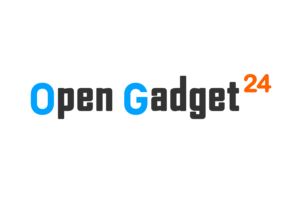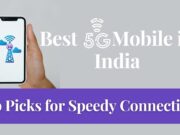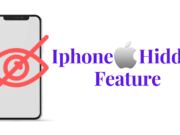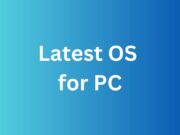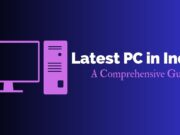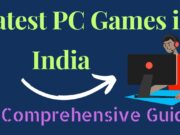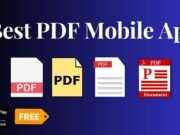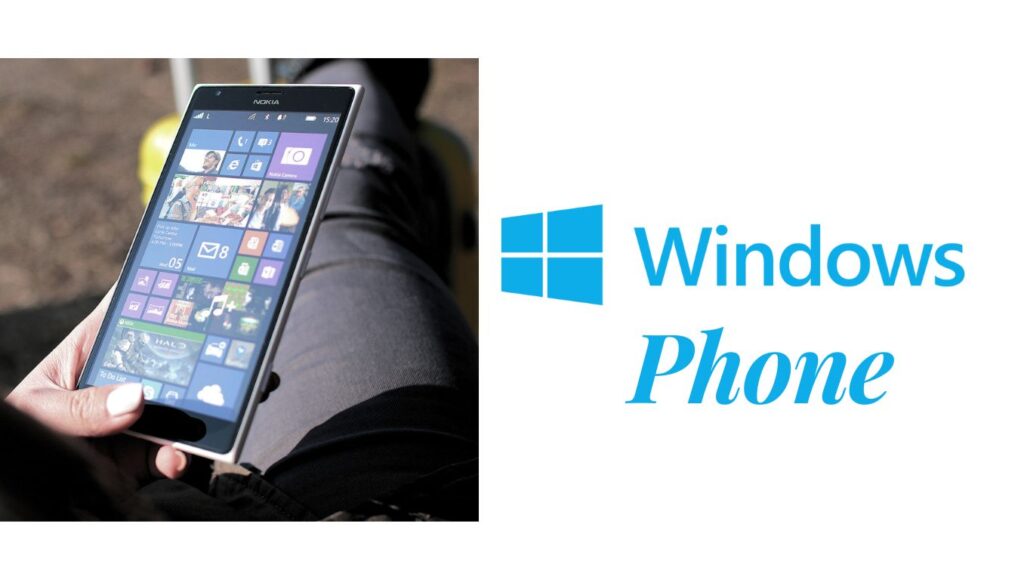Windows Phone (WP) was a mobile operating system developed by Microsoft and released in 2010. However, Microsoft stopped supporting and developing in 2017, and it is no longer available for purchase or use.
If you want a Windows-based mobile device, Windows 10 Mobile is still supported by Microsoft.
Alternatively, Android or iOS devices offer similar features and functionality to with wider options.
Some popular options include smartphones from Samsung, Google, Apple, and other manufacturers.
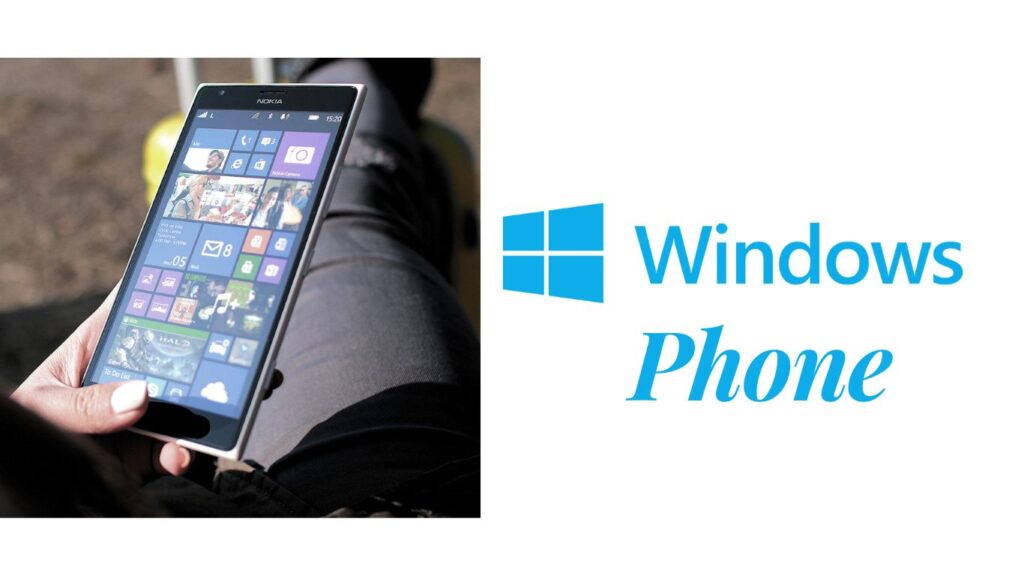
Types Of Windows Phone
Here are some of the different types of Windows Phones that were available
WP 7
The first version was released in 2010 as WP 7. It featured a new user interface, called Metro, and integrated Microsoft services such as Xbox Live, Zune, and Bing.
WP 8
Windows Phone 8 was released in 2012 and brought several improvements, including support for multi-core processors and higher screen resolutions. It also introduced a new start screen layout and added support for microSD cards.
Windows Phone 8.1
In 2014, Windows Phone 8.1 introduced Cortana, a virtual assistant, and an Action Center for notifications. It also added support for new hardware features such as larger screens and more powerful processors.
Windows 10 Mobile
Microsoft released Windows 10 Mobile in 2015 as the successor, with a more unified user interface that worked across multiple devices. However, Microsoft stopped supporting Windows 10 Mobile in 2019, and it is no longer receiving updates.
Despite offering a unique user experience, could not gain significant market share and was ultimately discontinued.
Features of windows phone operating System
WP was a mobile operating system developed by Microsoft that offered several features designed to provide a unique user experience. Here are some of the key features of the operating system:
Live Tiles
Windows Phone’s Live Tiles feature allowed users to customize their home screen with dynamically updating tiles that displayed live information, such as weather updates, email notifications, and social media updates.
Cortana
Cortana was a virtual assistant that could perform a variety of tasks, such as setting reminders, scheduling appointments, and providing information about local weather, news, and sports.
Integration with Microsoft Services
Windows Phone was tightly integrated with Microsoft’s ecosystem of services, such as OneDrive, Skype, and Office. This integration made it easy for users to access and manage their files, communicate with others, and work on documents from their mobile device.
People Hub
The People Hub feature provided a unified contact management system that combined contacts from different sources, such as email, social media, and phone contacts. It also allowed users to view social media updates and send messages from within the app.
Kid’s Corner
Kid’s Corner was a feature that allowed parents to create a safe and restricted environment on their device for their children to use. It limited access to apps, games, and content that parents deemed appropriate for their children.
Overall, offered several unique features that set it apart from other mobile operating systems. While it did not achieve widespread popularity, it demonstrated Microsoft’s commitment to innovation and user experience.
Difference Between Android Phone and Windows Phone
Android and WP are two different mobile operating systems developed by Google and Microsoft, respectively. Here are some of the key differences between the two
User Interface
One of the most significant differences between Android and is their user interface. Android offers a more customizable interface, while Windows Phone has a unique tile-based interface that is more minimalistic and visually distinctive.
App Availability
Android has a larger app store with more apps than. Both platforms offer most popular apps, but exclusives may exist or be released at different times.
Integration with Services
Microsoft closely integrates Windows Phone with its ecosystem of services, such as Office, OneDrive, and Skype.
Android is available on a wider range of devices from many different manufacturers, while WP is only available on a limited number of devices from a few manufacturers. This means that there are more hardware options for Android users, while WP users have fewer choices.
Customizability
Android is more customizable than Windows Phone, allowing users to change the appearance and behavior of their device in many ways. WP is more restricted in terms of customization options.
Overall, the choice between Android and WP will depend on your preferences and needs. Android offers more customization options and a larger app store, while Windows Phone provides a unique user interface and tight integration with Microsoft services.

